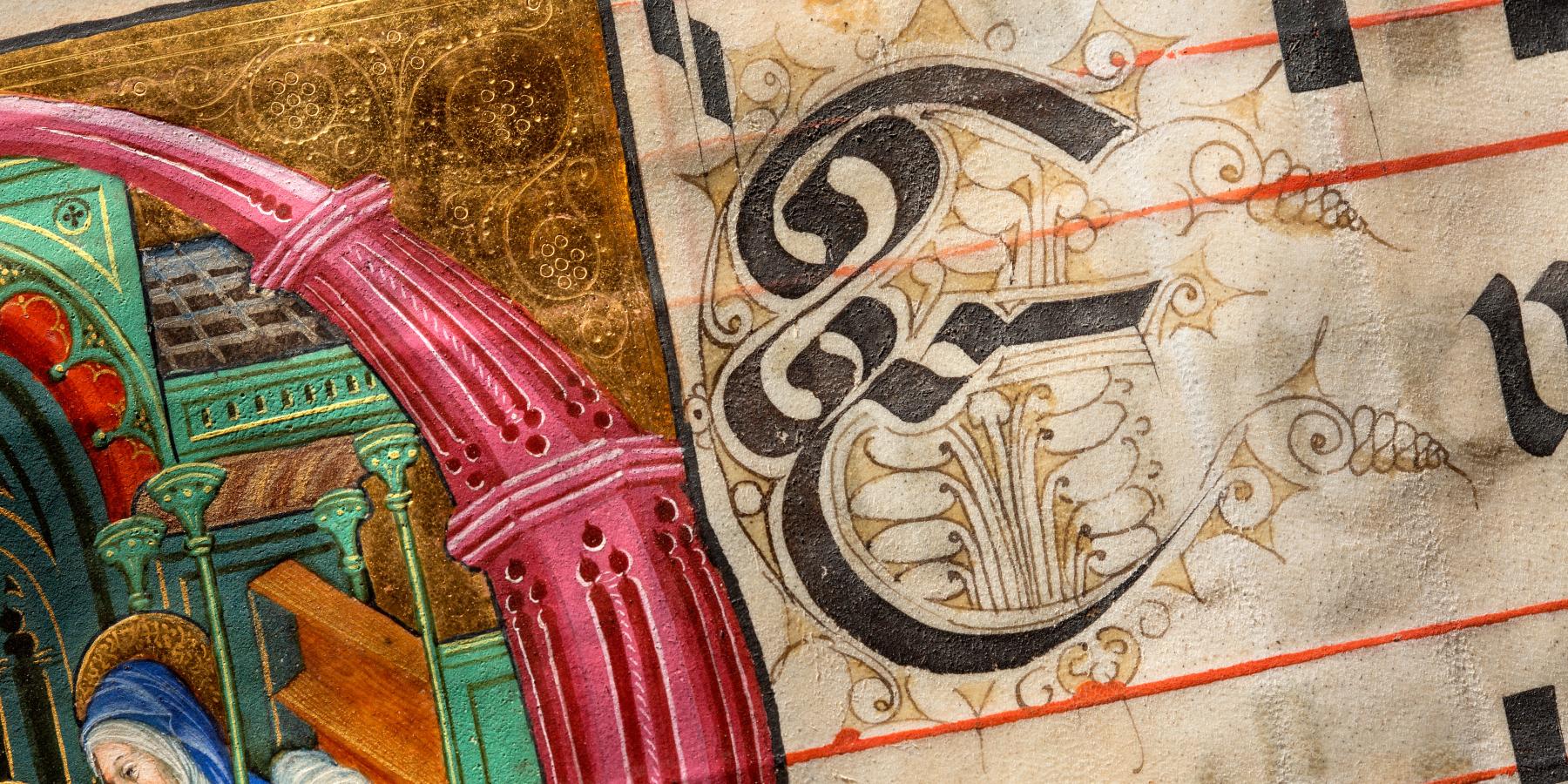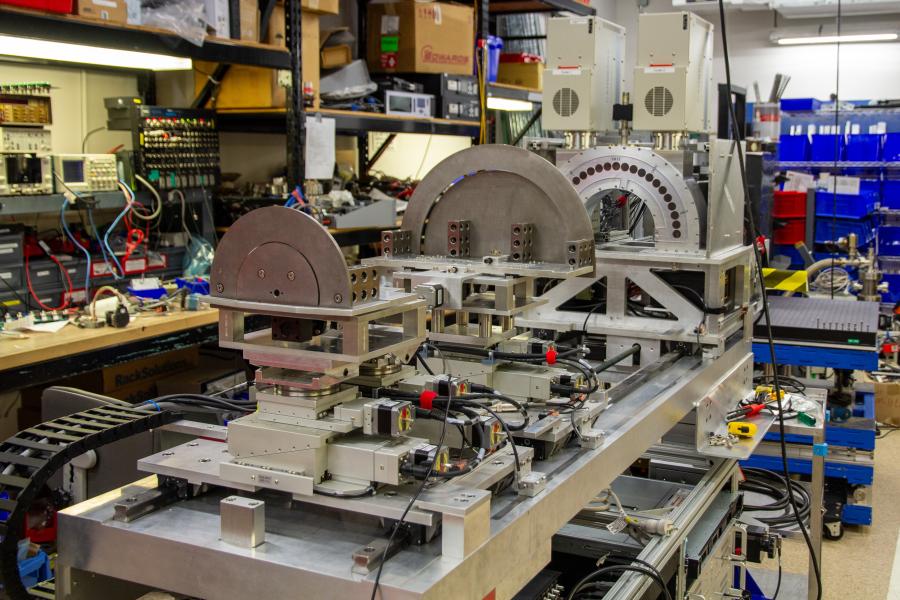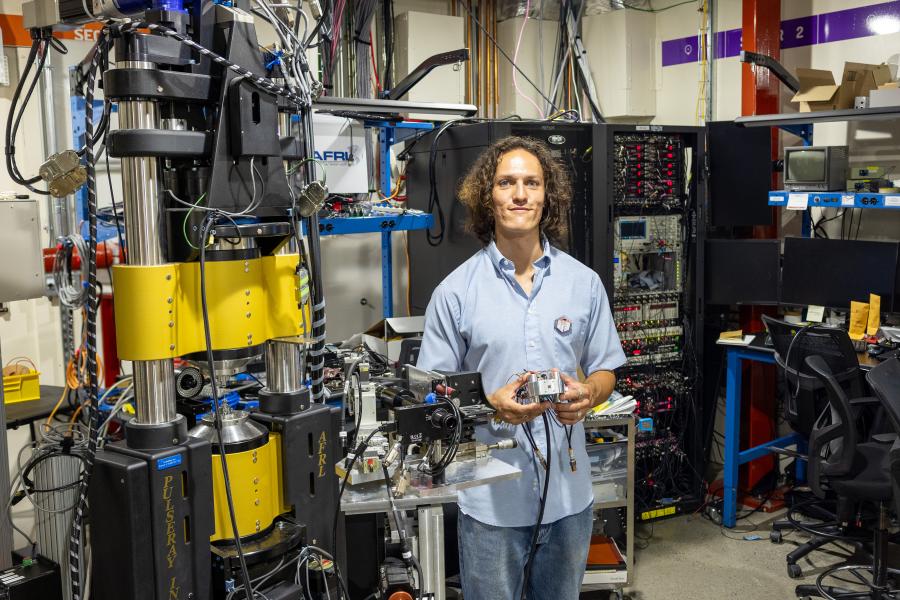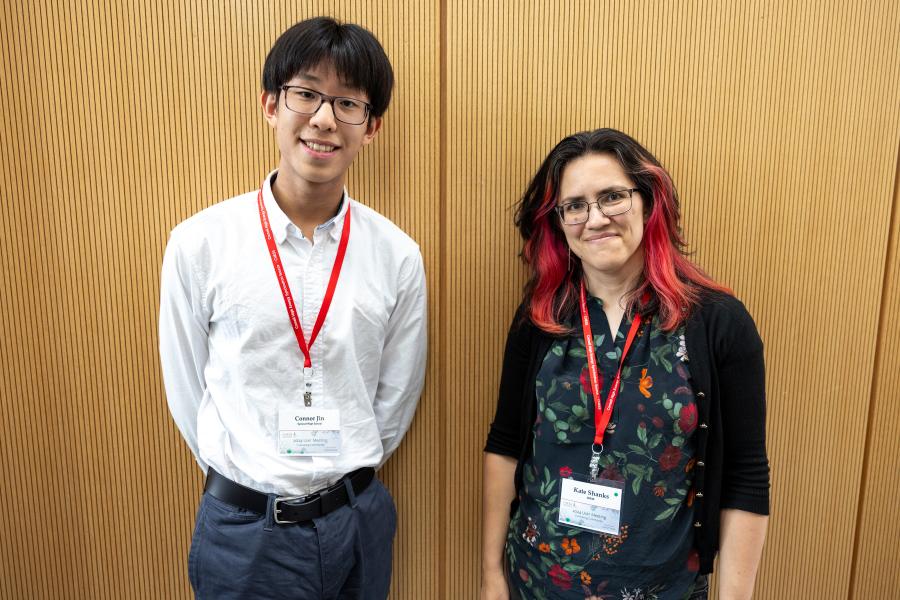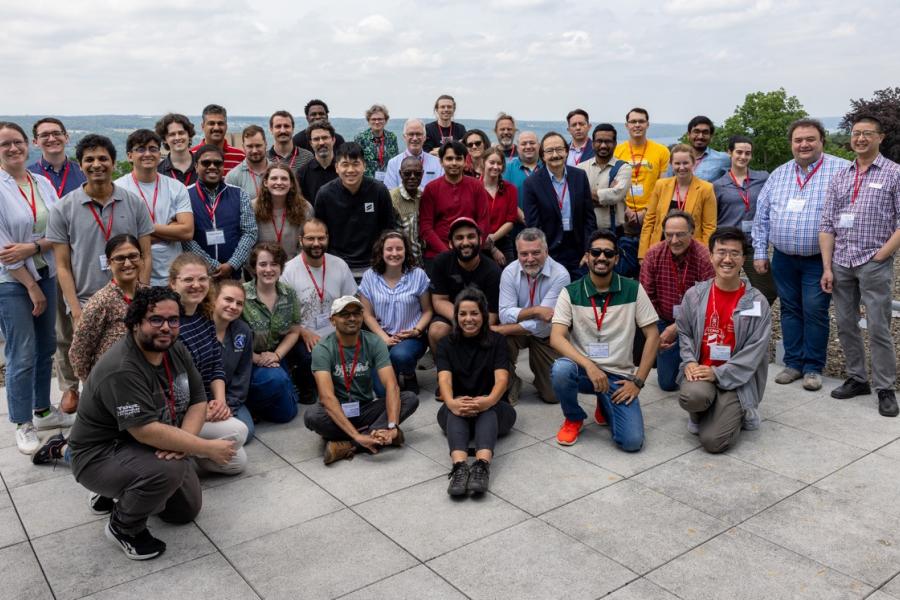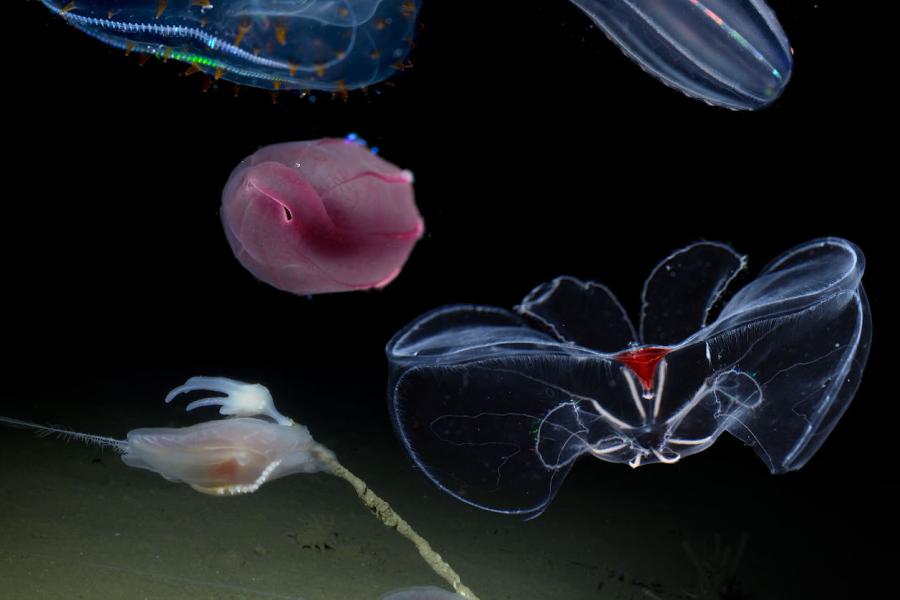Sidebar Menu (View Pages)
- Status
- ⌃ Science
- ⌃ Users
- ⌃ Facilities
- ⌃ Public
- Industry
- ⌃ About
Tags
Featured
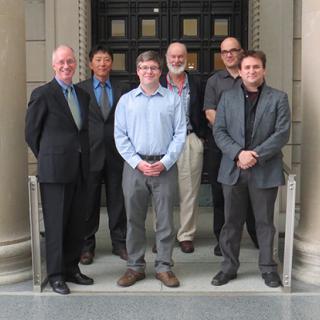
CHESS announces new Users' Executive Committee members
John Smedley, Brookhaven National Laboratory and Kyle Lancaster, Cornell University were voted into the two open positions on the CHESS Users' Executive Committee during the June CHESS Users’ Meeting.
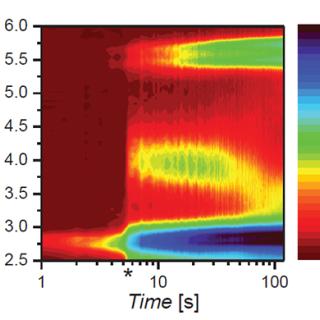
Impact of solvent and polymer additives on heterojunction solar cells
When building solar cells made from inorganic bulk heterojunctions (BHJ), donor and acceptor semiconducting materials are deposited from solution and phase separate.
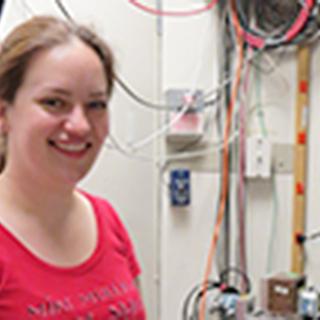
CHESS User Profile: Katharine Silberstein, Graduate Student, Department of Chemistry and Chemical Biology, Cornell University
Katharine (Katie) Silberstein is in her final year as a graduate student in the Abruña Electrochemistry Lab here at Cornell University.
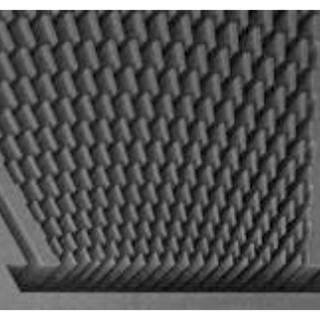
CHESS joins the fun at SRI 2015
Among the very few spectacles typically missing from New York’s famous Times Square is a collection of several hundred of the world’s experts in synchrotron radiation.
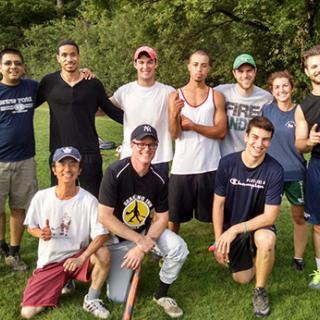
Battermen win Cornell intramural softball championship
Started in 2011, the Battermen (named in tribute to the lab’s first director, Boris (Bob) Batterman), have represented CHESS in the Cornell University Summer Softball league.
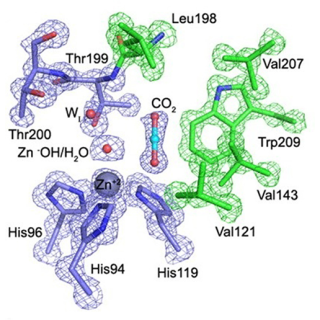
MacCHESS post-doc applies pressure
MacCHESS post-doc TK Chua seeks to understand the operation of enzymes that operate on gases, such as carbonic anhydrase and nitric oxide synthase, by applying the pressure-cryocooling technique to trap gas molecules in their active sites.
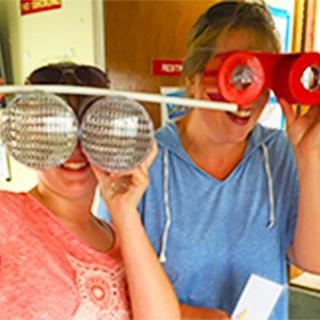
Finding Nemo with Xraise
Jasmine leans over an empty Fuji water bottle, cutting two half-dollar sized circles a few centimeters apart from one another. After placing convex lenses in each hole, she gingerly glues each lens into the circles using copious amounts of hot glue.
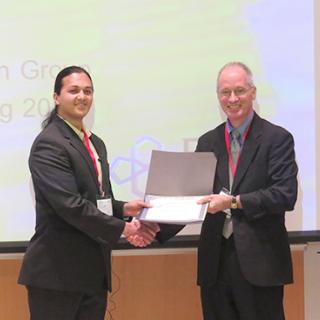
CHESS Student Paper Prize to Gaurav “Gino” Giri
CHESS Director Joel Brock was pleased to announce this year’s winner of the CHESS Student Paper Prize as Gaurav “Gino” Giri [1].
